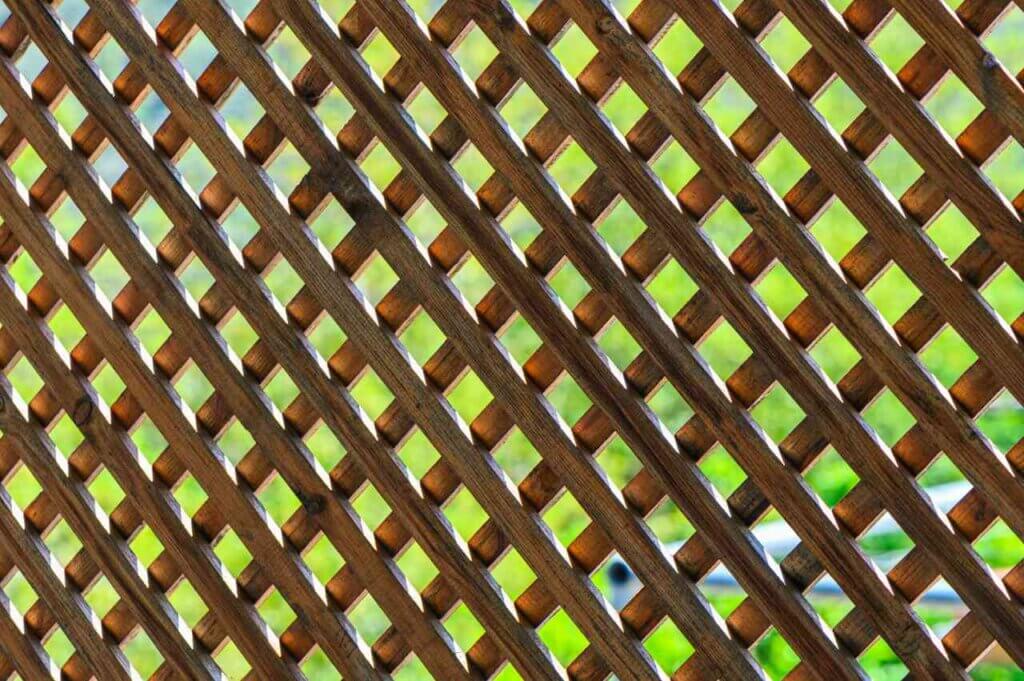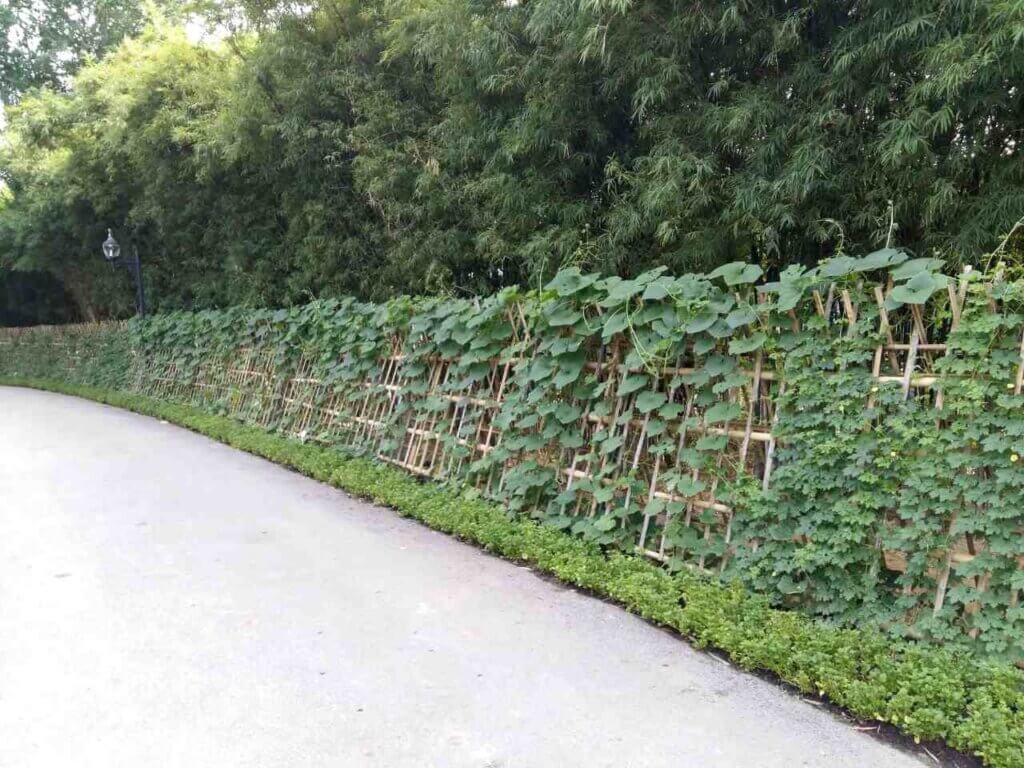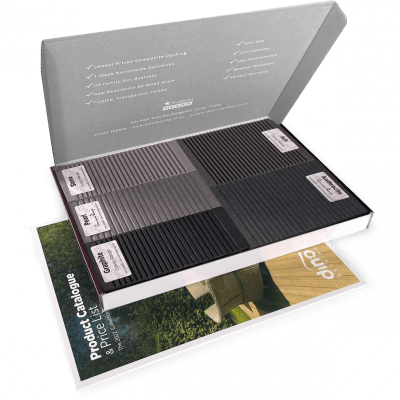5 Composite Decking Lighting Ideas
Our composite decking looks great in any setting, but you can really make your outdoor spaces shine with our decking
Products in Stock
Lowest Prices
Express Delivery
10-Year Warranty
Early April Sale. Up To 15% Off.

If you’re a gardening enthusiast looking to add vertical interest and support for your climbing plants, you’ve likely come across the terms “trellis” and “lattice.” While these two structures serve similar purposes, they have distinct differences in design, functionality, and aesthetic appeal. In this post, we’ll explore the key characteristics of trellises and lattices, helping you understand which one might be the best fit for your garden.
A trellis is a vertical structure designed to support and display climbing plants, such as vines or roses. It typically consists of a framework of intersecting bars or wires, creating a lattice-like pattern with larger openings compared to a traditional lattice.
Trellises can be made from various materials, including:
Trellises are commonly used in gardens to:
A lattice is a criss-cross pattern of strips or bars, typically made from wood or metal, that forms a grid-like structure with small, evenly spaced openings. Lattices are often used as a decorative element in gardens, as well as for providing light support for climbing plants.
Lattices are typically made from:
Lattices are often used in gardens to:

While trellises and lattices share some similarities, they have distinct differences that set them apart:
When deciding between a trellis and lattice for your garden, consider the following factors:
Understanding the differences between trellises and lattices empowers you to make informed decisions when enhancing your garden’s design and functionality. Whether you opt for the sturdy support of a trellis or the decorative charm of a lattice, these structures can help you create a beautiful, thriving outdoor space.
If you’re looking for a low-maintenance, durable option for your garden, our composite garden screens for privacy combine the beauty of wood with the resilience of modern materials, ensuring a long-lasting, attractive addition to your garden.
Still unsure about which structure best suits your needs? Explore the difference between trellis and pergola to further understand how each can enhance your outdoor living experience. And remember, our team at Dino Decking is always here to help you make the best choice for your garden.

Our sample pack contains a sample piece of each colour currently available. Order your free sample pack today to compare the colours and get a true feeling of the Dino Decking range!
Our composite decking looks great in any setting, but you can really make your outdoor spaces shine with our decking
If the idea of having rats under your decking makes you shiver, don’t worry. We’ll let you know the signs
Business hours
Monday: 09:00 – 17:30
Tuesday: 09:00 – 17:30
Wednesday: 09:00 – 17:30
Thursday: 09:00 – 17:30
Friday: 09:00 – 17:30
Saturday: Closed
Sunday: Closed
Contact us
01942 355968
support@dino.co.uk
Collection Address: Unit 1 Wetheral Close Hindley Ind Estate Wigan Greater Manchester North West WN2 4HS
Pages
Products
Testing
Copyright 2025 Dino Decking Ltd All Rights Reserved.
VAT Number: GB296097848.
Company Number: 10837233.